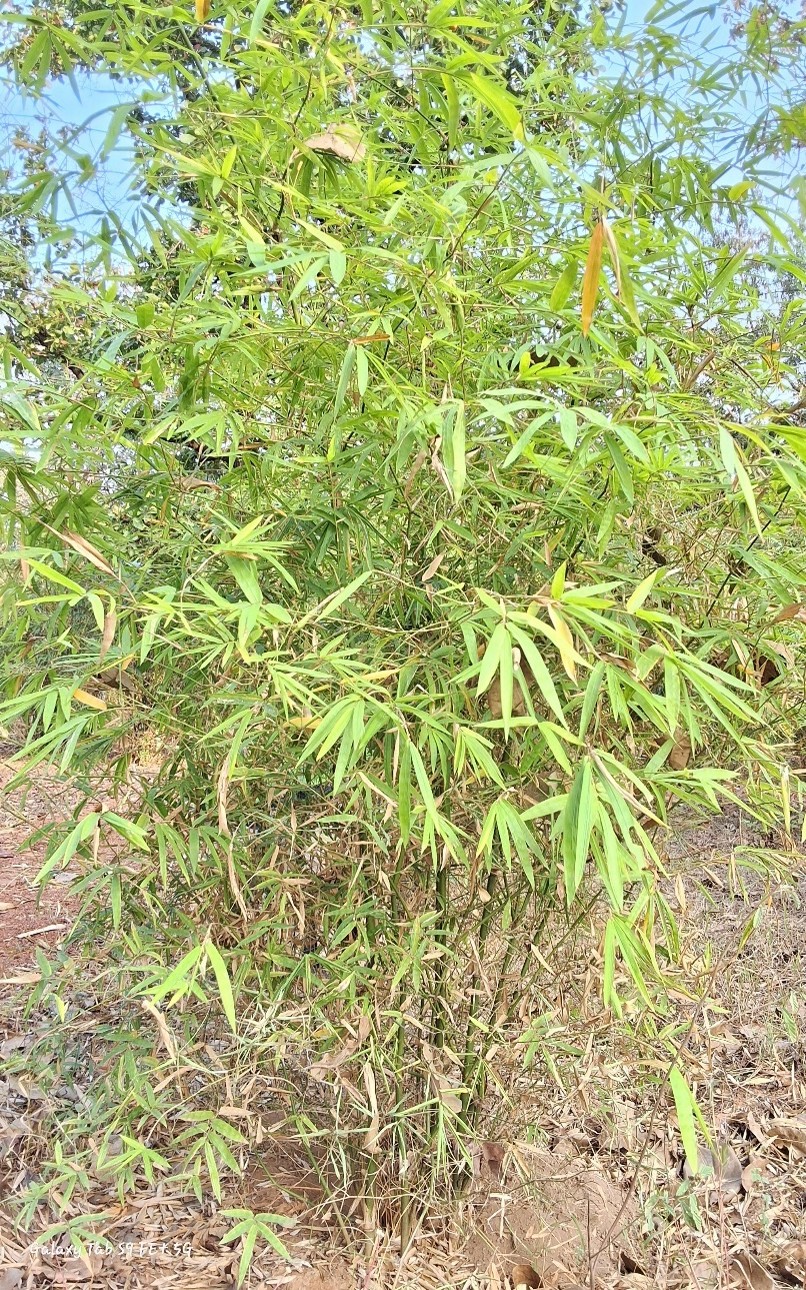Bambusa arundinacea

Bambusa arundinacea
commonly known as Avendic Bamboo, belongs to the family Poaceae, widely recognized as the grass family. This species is native to tropical and subtropical regions, particularly in Southeast Asia, where it thrives in warm, humid climates.
This medium to large-sized bamboo typically grows to a height of 10 to 20 meters, with culm diameters ranging from 5 to 10 cm. The internodes are 30 to 50 cm long and are moderately thick-walled. The culms are smooth, straight, and light green, sometimes exhibiting a yellowish tinge, with prominent nodes and slightly grooved surfaces.
Ecologically, Bambusa avendica contributes significantly to soil stabilization and reforestation efforts. Its extensive root system prevents soil erosion, particularly in degraded and sloping areas. It enhances carbon sequestration, making it a valuable species for climate change mitigation.
Bambusa avendica is prized for its economic and utilitarian applications. Its durable culms are widely used in construction, such as house frames, scaffolding, and fencing. The bamboo is also a preferred material for handicrafts, including mats, baskets, and decorative items. Additionally, its tender shoots are edible and are harvested as a source of nutrition in local communities.
This bamboo species thrives in well-drained loamy or sandy soils, with a pH range of 5.5 to 7.0. It prefers regions with an annual rainfall of 1200 to 2500 mm and grows at altitudes ranging from sea level to 1000 meters. Bambusa avendica is well-suited to both full sun and partial shade, demonstrating adaptability to a range of environmental conditions.
Propagation of Bambusa avendica is primarily achieved through rhizome or culm cuttings, as its flowering cycle is infrequent and unpredictable. Advanced propagation methods such as tissue culture are increasingly being used to support large-scale cultivation.
Like many bamboo species, Bambusa avendica is monocarpic, flowering once in its lifetime before dying. The flowering cycle typically occurs every 40 to 70 years, with sporadic flowering being rare but possible under environmental stress.
Bambusa avendica is celebrated for its strength, versatility, and ecological contributions. Its role in sustainable construction, traditional crafts, and environmental conservation highlights its importance in both rural livelihoods and modern industries.
Listen Audio:
Need assistance? BRTC Faculty